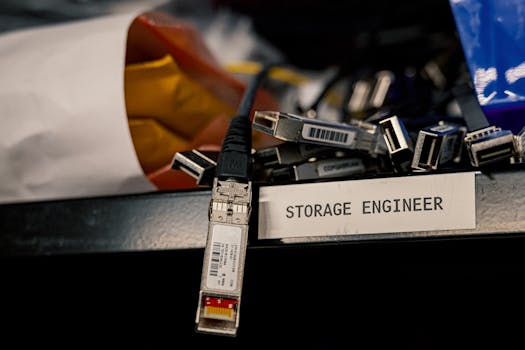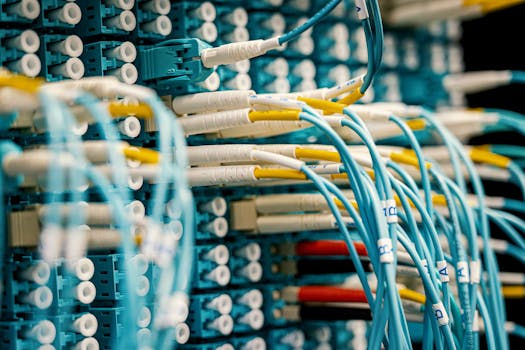Emerging Trends in Fiber Optics Technology and Applications

Emerging Trends in Fiber Optics Technology and Applications
Emerging trends in fiber optics technology and applications are transforming the way we live, work, and communicate. Fiber optics has come a long way since its inception, and its impact on modern society is undeniable. From enabling high-speed internet and communication networks to powering cutting-edge technologies like 5G and the Internet of Things (IoT), fiber optics is the backbone of our connected world.
The demand for faster, more reliable, and secure connectivity is driving innovation in fiber optics technology. Researchers and manufacturers are continually pushing the boundaries of what is possible with fiber optics, exploring new materials, designs, and applications. Some of the emerging trends in fiber optics technology and applications include the development of quantum fiber optics, which has the potential to revolutionize secure communication and data transfer.
New Materials and Designs

One of the most significant emerging trends in fiber optics technology is the development of new materials and designs. For example, hollow core fiber is a new type of fiber that uses air as the core material instead of traditional glass or plastic. This design allows for faster signal transmission and lower latency, making it ideal for applications like 5G and IoT. Another area of research is nanophotonics, which involves the manipulation of light at the nanoscale to create ultra-compact and efficient optical devices.
These advancements in materials and designs are also enabling the creation of more complex and sophisticated fiber optic systems. For instance, space division multiplexing (SDM) is a technique that allows multiple signals to be transmitted over a single fiber, increasing the overall bandwidth and capacity of the network. This technology has the potential to significantly improve the efficiency and scalability of fiber optic networks, making them more suitable for demanding applications like data centers and cloud computing.
Applications of Fiber Optics

The applications of fiber optics are diverse and widespread, ranging from telecommunications and networking to medicine and industrial automation. In the field of medicine, fiber optics is used in endoscopy and minimally invasive surgery, allowing doctors to visualize and treat internal organs with greater precision and accuracy. In industrial automation, fiber optics is used for sensing and monitoring, enabling real-time monitoring of equipment and processes.
Another significant application of fiber optics is in the field of energy and utilities. Fiber optic sensors can be used to monitor the condition of power grids, pipelines, and other critical infrastructure, enabling predictive maintenance and reducing the risk of failures and accidents. Additionally, fiber optics is being used in smart grid applications, where it enables real-time monitoring and control of energy distribution and consumption.
Conclusion

In conclusion, emerging trends in fiber optics technology and applications are transforming the way we live, work, and communicate. From new materials and designs to innovative applications, fiber optics is poised to play an even more crucial role in shaping the future of networking and connectivity. As research and development continue to push the boundaries of what is possible with fiber optics, we can expect to see even more exciting advancements and innovations in the years to come.



